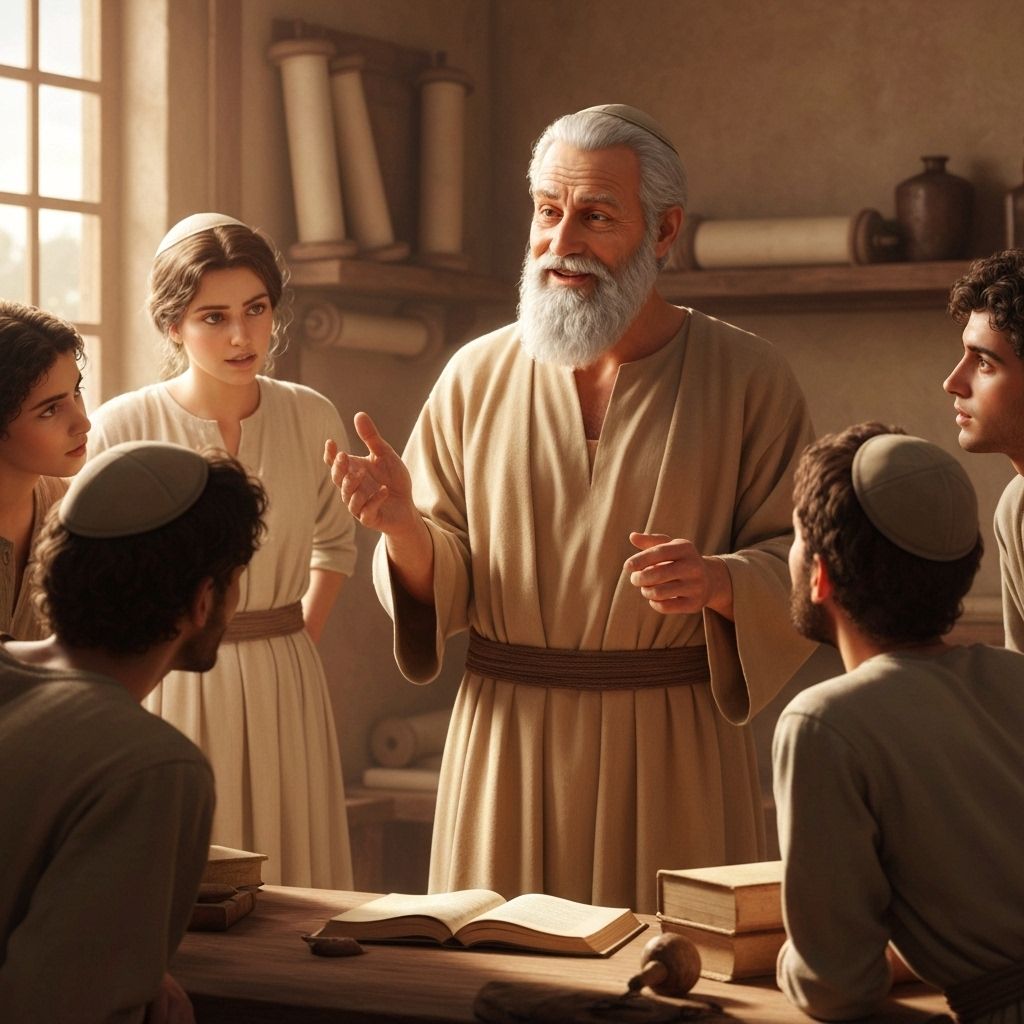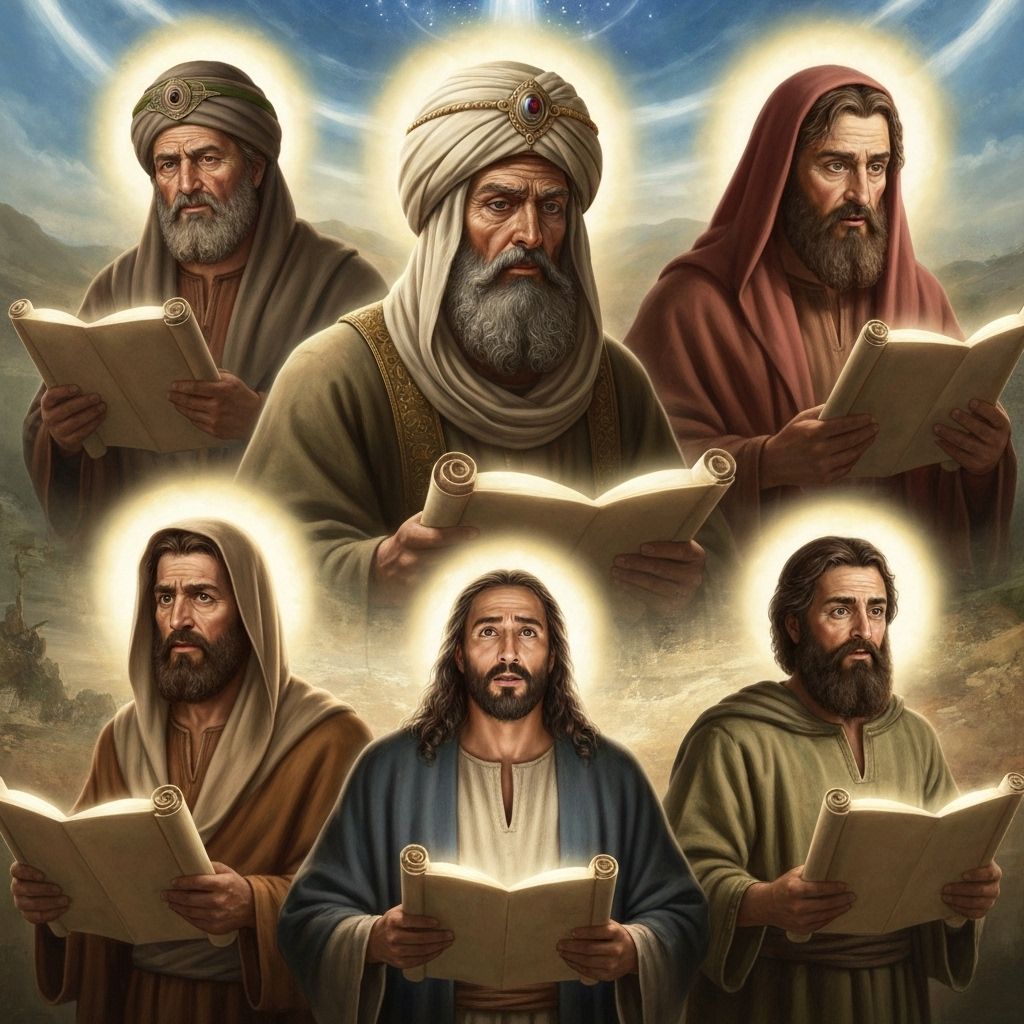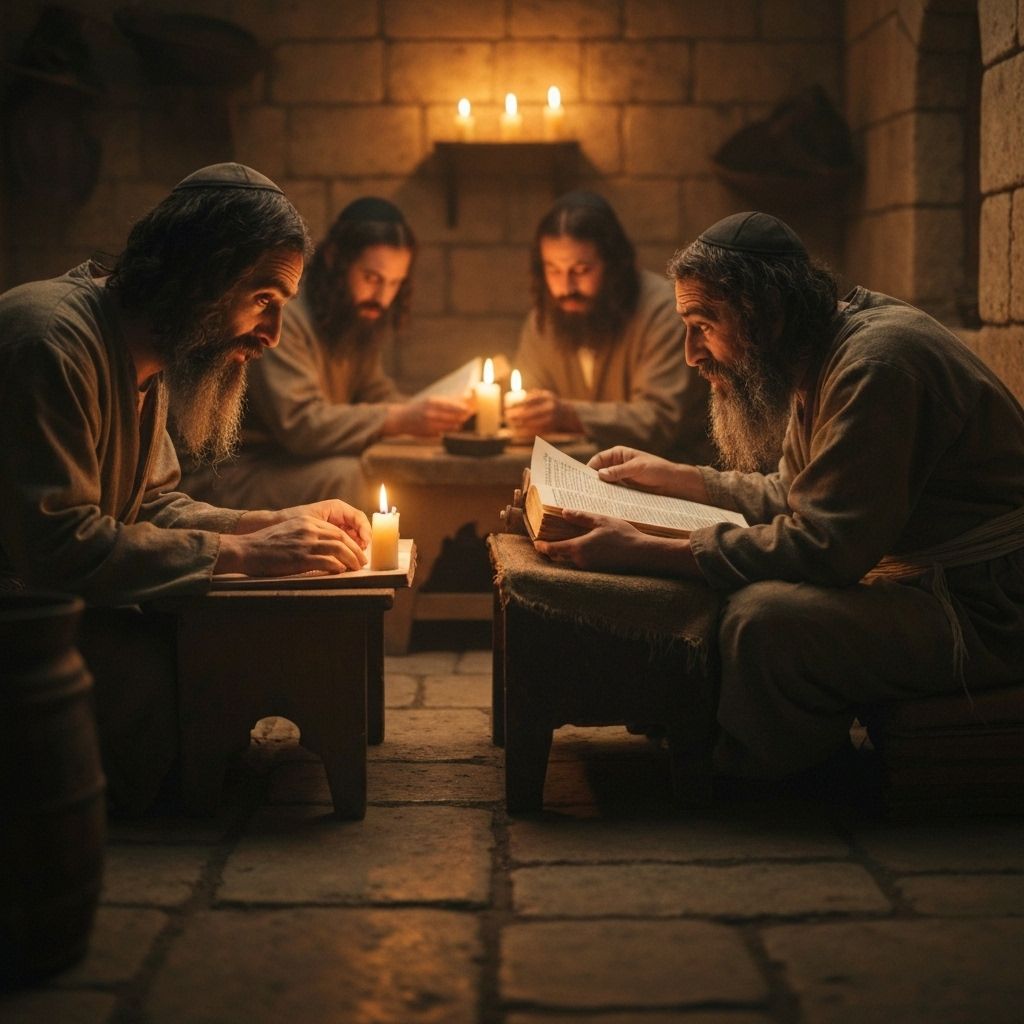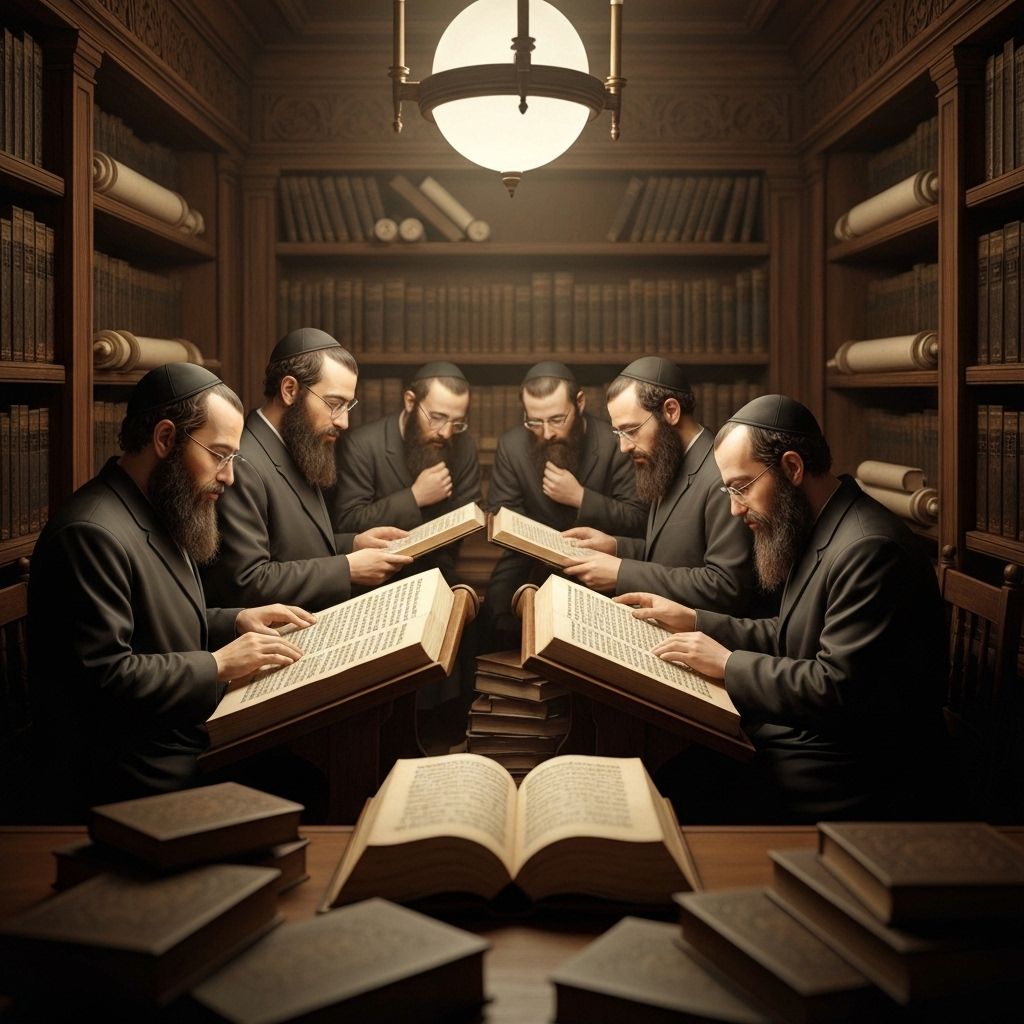3-Minute Summary
The Words of the Torah Explained with Help from Rashi and Ramban
Rashi (1040-1105) was a medieval French rabbi whose commentary on the Torah and Talmud is considered essential reading. His explanations focus on the plain meaning of the text and are known for their clarity and accessibility.
Ramban (1194-1270) was a Spanish rabbi, physician, and philosopher who provided deeper mystical and philosophical insights into the Torah, often building upon Rashi's work while adding his own profound interpretations.
The parsha opens with a meticulous accounting of all materials contributed and used in the Mishkan construction. This transparency shows that sacred work requires accountability and that every contribution, no matter how small, is valued and recorded.
The completion of the work by Bezalel represents the culmination of human creativity directed by divine wisdom. The Mishkan becomes a tangible manifestation of the partnership between divine instruction and human craftsmanship.
Moses' blessing of the people acknowledges their enthusiastic participation and generosity. This blessing validates their efforts and connects their material contributions to spiritual merit and divine favor.
The detailed assembly instructions show that sacred construction requires precise order and care. Each element must be placed correctly, teaching that spiritual frameworks need proper structure and intentional arrangement.
The anointing of the Mishkan with oil represents consecration and sanctification. The oil, previously prepared with specific ingredients, transforms the physical structure into a vessel for divine presence and spiritual energy.
Aaron and his sons are anointed and consecrated for priestly service. This ceremony establishes their permanent role as intermediaries between the people and Hashem, creating a hereditary priesthood dedicated to divine service.
The descent of the cloud and divine glory represents Hashem's acceptance and indwelling. The Mishkan becomes not just a human construction but a divine dwelling place, fulfilling the promise that Hashem will dwell among the people.
The cloud's dual nature—covering by day and fire by night—provides both protection and illumination. The cloud shades from the desert sun while the fire provides warmth and light in the darkness, showing divine care for physical needs.
The cloud's movement becomes the signal for travel and encampment. When it lifts, the people journey; when it rests, they stop. This establishes divine guidance as the primary navigation system, replacing human decision-making with divine direction.
The parsha concludes with the assurance that the divine presence will guide the Israelites throughout their journeys. This guidance system represents ongoing divine accompaniment and protection for the covenant community.








